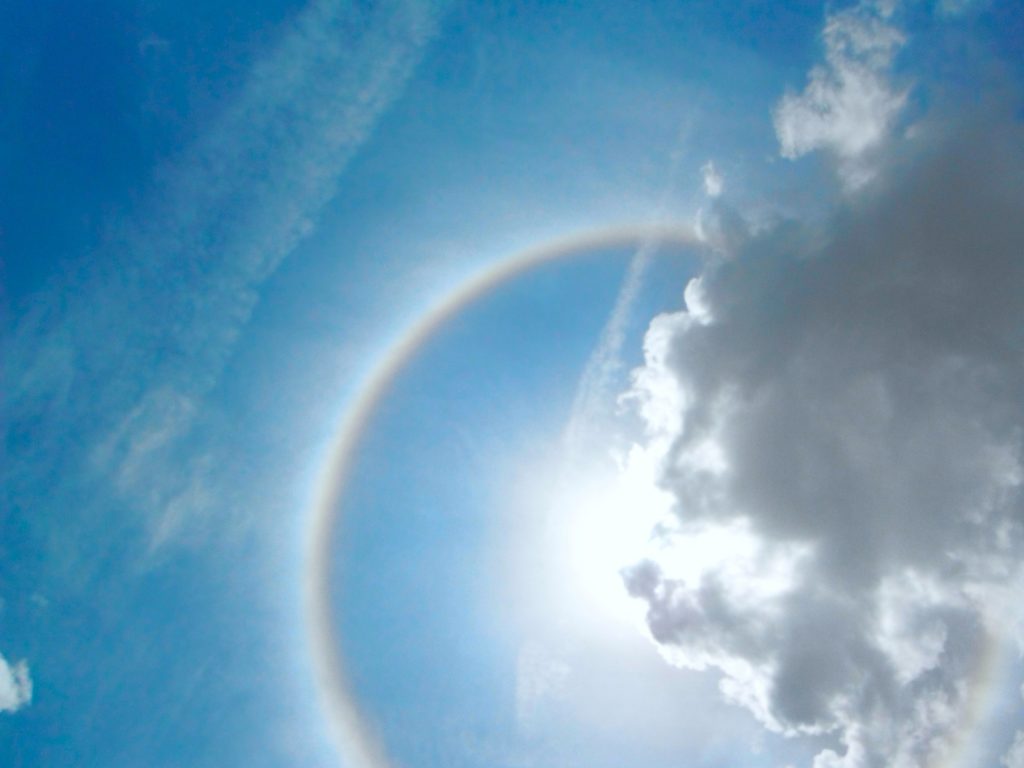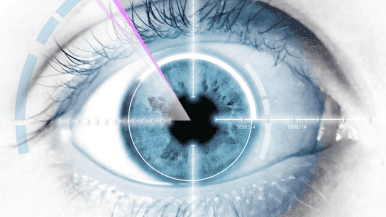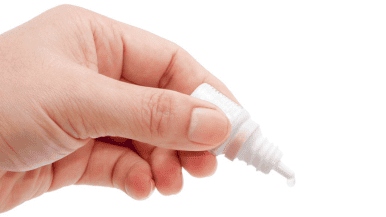 Are you bothered by bright circles around lights, or glares that affect your vision? In many cases this is perfectly normal and nothing to be concerned with. Before discussing what causes glare and halos, let’s define what they are.
Are you bothered by bright circles around lights, or glares that affect your vision? In many cases this is perfectly normal and nothing to be concerned with. Before discussing what causes glare and halos, let’s define what they are.
Glare is light that enters your eye and impedes your vision, like when a camera flash goes off.
Seeing bright circles or rings around a light source, like headlights, are known as halos. Halos around lights are most noticeable at night or when you’re in dim or dark areas.
Causes of Glare and Halos
Halos are often normal responses to bright lights. They can also come about by wearing eyeglasses or contact lenses, or they can arise as a side effect of cataract or LASIK surgery. However, if halos occur suddenly, are very disturbing, or accompanied by discomfort, blurry vision, or other symptoms, it could signal a severe eye disorder.
Halos are a typical problem linked to cataracts. A cataract is a clouding of the normally clear lens of the eye. It can be compared to a window that is frosted or yellowed, or looking through a foggy or dusty car windshield. Things look blurry, hazy or less colorful with a cataract. The aging process is the most influential factor in developing cataracts, and it is quite common for older people to have a cataract in one or both eyes.
Halos and glare can also originate in the retina, the thin lining in the back of the eye. If light can’t focus properly on the retina, you may begin to see halos and glare. Common eye problems that can cause halos and glare include:
- Nearsightedness (difficulty seeing things far away)
- Farsightedness (trouble perceiving things nearby)
- Presbyopia (difficulty recognizing things close by due to aging)
- Astigmatism (blurry vision due to the irregular shape of the eye)
Corrective eye procedures, such as LASIK can also produce halos as a side effect. The halos typically only last for a few weeks after surgery. More modern types of LASIK are less likely to cause this side effect.
Treatment for Glare and Halos
Before deciding on a treatment, your eye doctor will perform an eye exam to determine what causes glare and halos. Possible treatments include:
- Observation to see if the glare and halos clear up on their own, such as after LASIK surgery
- Medicated eye drops
- Treatment for cataracts
- Wearing sunglasses during the day to reduce glare
- Using the visor on your car to keep direct sunlight out of your eyes
Having regular eye exams is the best way to prevent or manage halos and glare, especially as you age. If you haven’t had an eye exam in over a year, or if you notice any sudden changes in your vision, contact an expert to schedule an eye exam as soon as possible.




